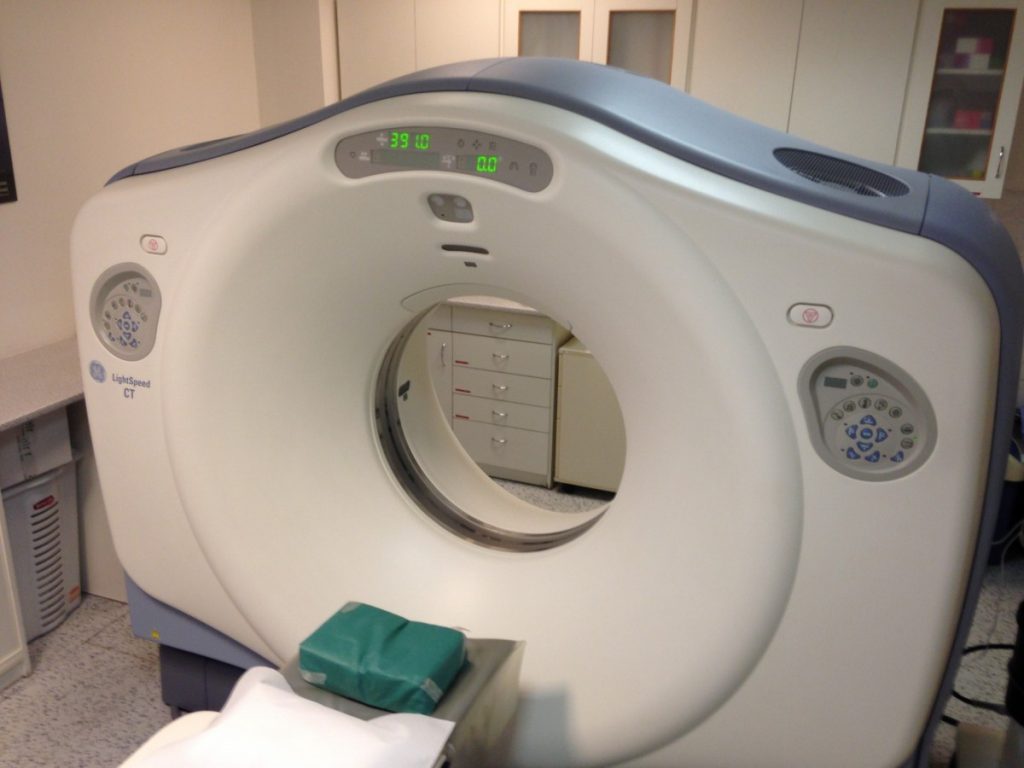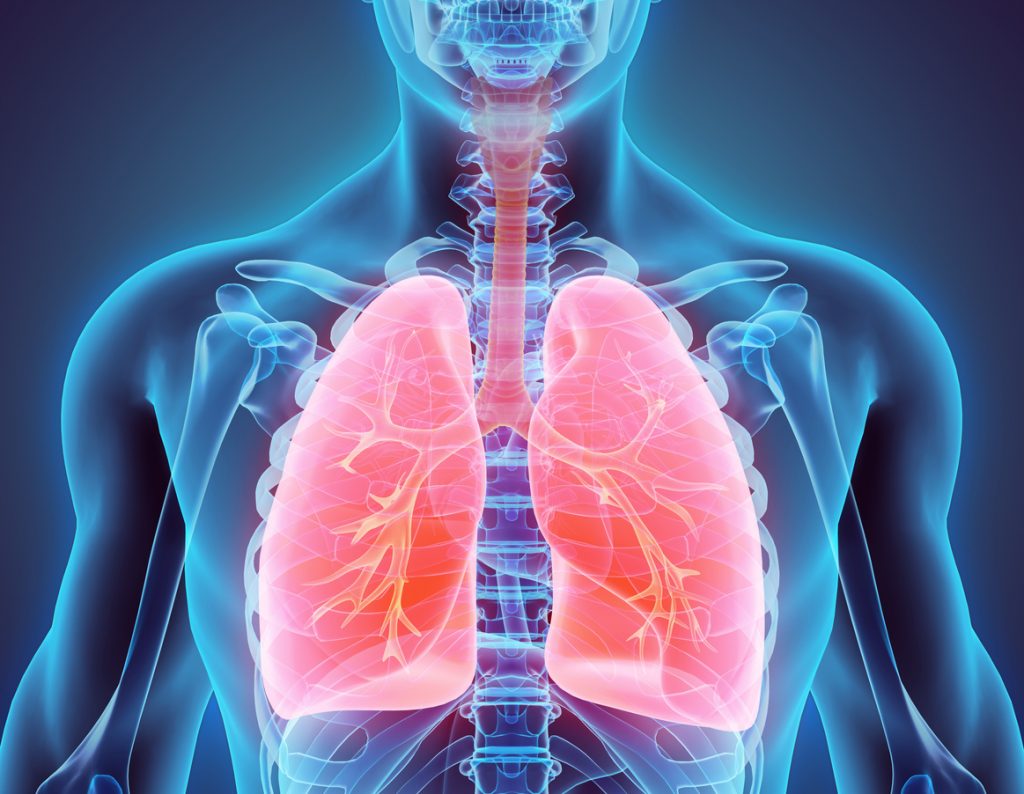Thousands of Australians with the chronic lung disease COPD may be missing out of some of the most effective non-drug treatments that are available to help people with the debilitating condition, a new report warns.
Chronic obstructive pulmonary disease affects about one in 13 people aged 40 and over, and is the fifth leading cause of death in this country. The condition, most commonly caused by smoking, is degenerative in nature but several treatments are available to help make life more bearable for sufferers.
The problem, according to a new paper by the Australian Centre for Asthma Monitoring (ACAM), published today, is that many people with COPD may be missing out on two of the most effective non-drug treatments for the condition.
Pulmonary rehabilitation, a program of exercise, education and psychosocial support, has been proven to help keep patients out of hospital and improve their quality of life. Long-term oxygen therapy, an at-home treatment for people with persistently low levels of oxygen in their blood, has been shown to prolong survival.
Professor Guy Marks, one of the report’s authors and Head, Respiratory & Environmental Epidemiology at the Woolcock Institute of Medical Research, says both are well established as safe and effective therapies for patients with COPD.
“Here you have two of the most effective interventions recommended in national and international clinical guidelines,” Prof Marks says. “Sadly, it seems that many people may not be using them and, therefore, are missing out on opportunities for improved health and wellbeing in daily life.”
Compounding the issue, there are no data available to show the extent of the shortfall, where the gaps are and why they exist, he says.
Book your health appointments online
Find and instantly book your next health appointment with Healthengine
The paper, published by the Australian Institute of Health and Welfare (AIHW), makes a case for national monitoring of these non-drug therapies to paint a clearer picture of treatment practice for people with COPD.
“Currently it’s impossible to know if it’s a problem with availability of the treatments or whether it’s a case of patients not knowing about them or not being able to access them for some other reason,” Prof Marks says. “Having information about the availability and use of these key interventions would give us an opportunity to improve treatment, and ultimately the health, of thousands of Australians with this disease.”
COPD killed almost 5900 Australians in 2011. It is a progressive disease. Sufferers experience increasingly severe breathlessness and limitation in their ability to do simple daily tasks. An earlier report estimated the direct health expenditure attributed to COPD was $929 million in the 2008–09 financial year. Smoking is the primary cause but other causes include air pollution and occupational exposure to dusts and fumes. A variety of drug and non-drug therapies are recommended to improve quality of life.
(Source: Australian Institute of Health and Welfare)
All content and media on the HealthEngine Blog is created and published online for informational purposes only. It is not intended to be a substitute for professional medical advice and should not be relied on as health or personal advice. Always seek the guidance of your doctor or other qualified health professional with any questions you may have regarding your health or a medical condition. Never disregard the advice of a medical professional, or delay in seeking it because of something you have read on this Website. If you think you may have a medical emergency, call your doctor, go to the nearest hospital emergency department, or call the emergency services immediately.







